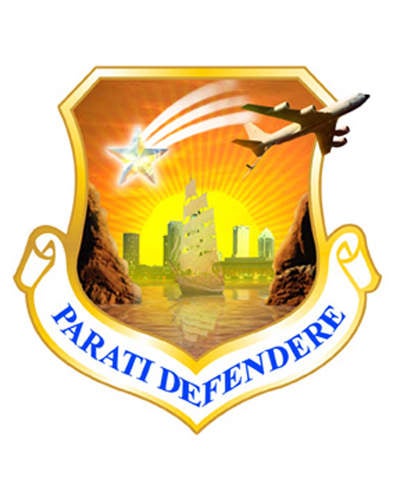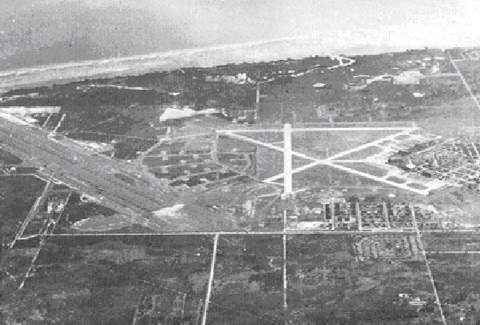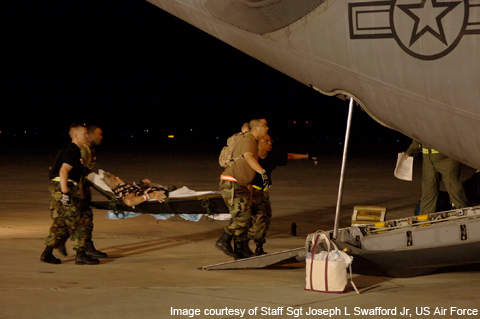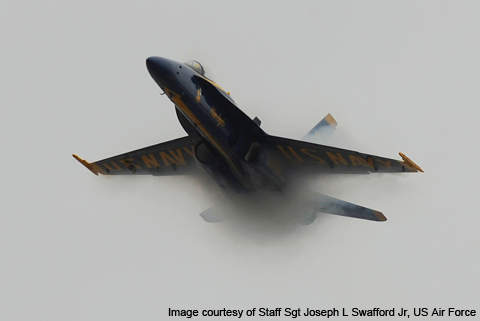MacDill Air Force Base (MCF) is situated 6.4km south-west of Tampa, Florida in the US. The base is owned by the US Air Force (USAF) and operated by Air Mobility Command (AMC). It is currently used as a military air force base and endorses pilot training and air refuelling capabilities for the USAF.
About 12,000 military personnel reside at the base.
MacDill Air Force Base history
The MCF was established in May 1939 under the name Southeast Air Base. It was renamed as MacDill Field in December 1939 in the honour of Colonel Leslie MacDill who died in the North American BC-1 aircraft crash. It was finally renamed as MacDill Air Force Base in April 1941.
The Air Defence Command (ADC) became the major tenant unit at the base in 1954 with the incorporation of mobile radar station. The MCF was assigned to Tactical Air Command (TAC) in January 1962. It was operated as the main fighter base by TAC for approximately 30 years.
In an effort to reduce the number of military bases in the US, the Defence Base Closure and Realignment Commission unveiled a decision in 1991 to cease all flightline activities at the MacDill base by 1993. Adhering to the BRAC decision, the F-16 training mission and 56th Fighter Wing (56 FW) that were deployed at the MCF were migrated to the Luke Air Force Base.
The base closure order was cancelled in 1993. The National Oceanic and Atmospheric Administration (NOAA) was transferred to the MCF for accomplishing weather and research flights.
TAC handed over the control of the MacDill base to the AMC in January 1994 for operating the base and render services to Central Command (CENTCOM), Special Operations Command (SOCOM) and other tenant units.
MCF design and construction
Clark Construction was awarded a $61m contract by the US Army Corps of Engineers (USACE) in 2009 to construct a replacement USCENTCOM headquarters at the MacDill base. Work on the project will be carried out in two phases.
Phase I will include the construction of a four-storey, 257,000ft² building along with Sensitive Compartmented Information Facility (SCIF) which accommodates 1,800 personnel. The facility will feature driven steel pipes, robust concrete foundations, a steel frame with insulated concrete panels, metal decking, standing seam metal roof, advance access flooring and laminated force protection glass.
The company will also install a backup generator, UPS system, telecommunication wiring equipment, audiovisual payload and security fencing.
Phase II will encompass destruction of the existing 220,000ft² building and construction of a 6,645ft² reception centre along with parking and landscaping.
Burns & McDonnell is the prime designer for the project. Construction work began in July 2009 and is expected to be complete by March 2012.
Garrison facilities
The MCF serves as headquarters for AMC which comprises the 6th Air Mobility Wing (6 AMW) and the 927th Air Refuelling Wing (927 ARW).
The 6 AMW was activated at the base in January 1994. It is organised into four groups for operations, maintenance, medical and mission support. The 927 ARW was activated in April 2008 and has similar groups except the medical group. Both the wings share the KC-135R Stratotanker to carry out air refuelling operations.
The 6 AMW carries out operations through the 91st Air Refuelling Squadron, 310th Airlift Squadron, 6th Operations Support Squadron, 6th Civil Engineer Squadron, 6th Communications Squadron, 6th Contracting Squadron, 6th Logistics Readiness Squadron, 6th Force Support Squadron and 6th Security Forces Squadron.
The 927 ARW accomplishes air refuelling operations through the 63rd Air Refuelling Squadron.
The base is also headquarters to US Central Command (USCENTCOM), US Special Operations Command (USSOCM), US Special Operations Central Command, US Marine Corps Forces Central Command and US Africa Command.
MCF air facilities
The MCF can accommodate KC-135R Stratotanker, P-51 Mustang and C-37A Gulfstream aircraft. It features an 11,421ft long runway surfaced with asphalt.
MacDill Air Force Base control tower
The base features a 110ft tall air traffic control (ATC) tower built by Merrick & Company. The ten-storey building features medium catwalk level and tower cab to carry out ATC operations, and facilities for training, crew briefings, electronic instrumentation, maintenance, radio and telephone support equipment, environmental support payloads and controller administrative functions.
Electrical systems installed at the tower encompass lighting, communication equipment, CCTV, wet-pipe fire sprinkler system, fire pump, fire alarms and data acquisition and detection system.
A direct digital control (DDC) device fitted in the tower interacts with the energy management and control system (EMCS) through an optical fibre communication link. The EMCS system is varied to supervise and control selected DDC points.
Other facilities
The base offers training, education, temporary lodging, accommodation, childcare, medical care, ablution and recreation facilities.










